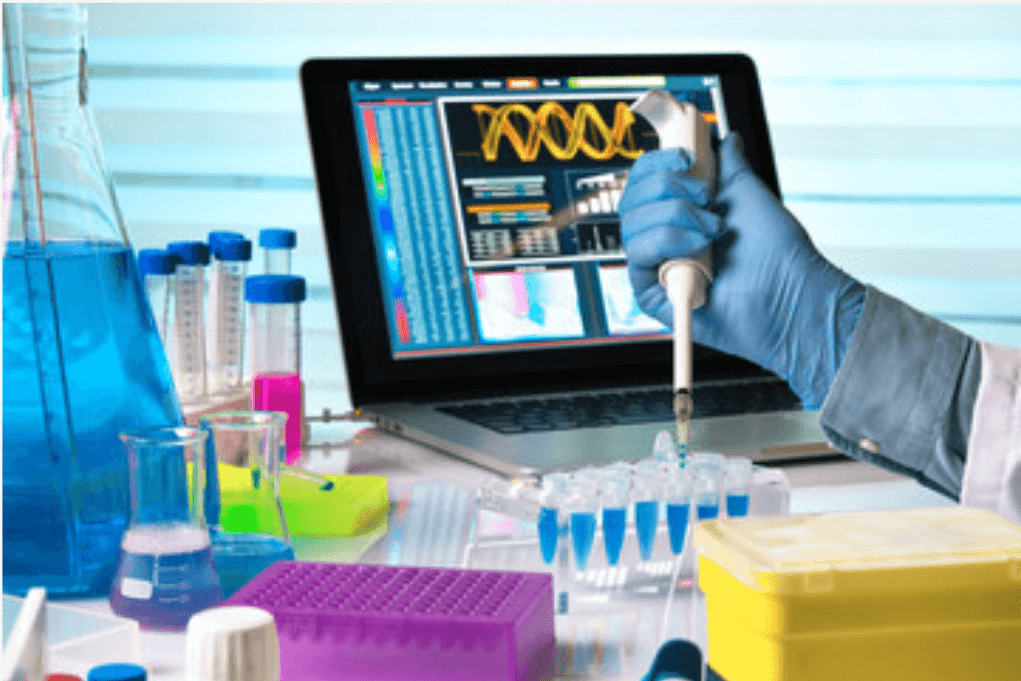Comprehensive and Integrated Post Approval Monitoring
Research is the cornerstone of advancement in science. Medical researchers spend time and money in search of cures for many ailments. For this, they need to expose animals and humans to a variety of untested, unknown elements. It is important to ensure that these studies are conducted as per set guidelines.
Post Approval Monitoring (PAM)
The Institutional Review Board (IRB)and Institutional Animal Care and Use Committee (IACUC) play a crucial role in the implementation of Post Approval Monitoring (PAM). IRB and IACUC are the governing bodies that have laid out the protocol the human and animal research should follow to ensure the safety of humans as well as animals. PAM works on two main goals for all research institutes – make sure that their research meets all the regulatory requirements and educate the research teams on the best practices for carrying out human and animal research studies.
While IRB’s main purpose is to safeguard the human research subjects, it also helps and supports the researchers in planning their studies to confirm their compliance with approved protocols. It aids in monitoring the PAM process and highlights the need to educate the researchers on the proper conduct of the process.
IACUC assesses animal’s use within the lab through semi-annual inspection (SAI) of animal-care facilities to make sure the proposed protocols are stringently followed. PAM (for IRB and IACUC) assesses a number of parameters related to the studies like: number of animals used, training of the research staff, use of appropriate medication, proper documentation, screening procedures, reporting of adverse events, subject payment, consent process, subject recruitment process and more.
Similarly, IRB reviews the human trials periodically to ensure the safety of the research subjects. Its aim is to make sure that the research is not putting the participants in any risk. The review also focuses on the selection of the participants, communications with the participants regarding the risks and benefits of the research, appropriate consent from the participants and data monitoring for the research.
Another key aim of PAM is to keep all personnel involved in research work to stay abreast of the latest procedures and policies outlined by the authorities.
Benefits of PAM:
- Ensure the well-being of the subjects and animals – protocols are in place to make sure that the research subjects are not harmed in any way. While ensuring the guidelines are being followed, the PAM process helps keep a check on the ongoing activities. This safeguards the subjects – animals or humans. It makes certain that they are treated as per the set protocols and do not get abused during the research.
- Identify any deviation from protocol – monitoring helps in identifying where the processes are lacking compliance. PAM provides an audit-like platform for organizations to assess their internal activities and determine any divergence from the protocol.
- Guide self-reporting of deviations – anomaly from the regulatory guidelines is always a possibility. The PAM process, however, provides guidance on reporting any gaps found during the implementation of the standard procedures.
- Implement corrective actions sooner – protocols are in place to safeguard the subjects and the organization as well. The PAM process provides a self-assessment stage for the organizations to identify deviations and take corrective actions as soon as possible to maintain compliance with the protocols.
- Increase understanding of regulatory guidelines – continuous monitoring of the processes and comparing them to the protocols set in place gives the organization an opportunity to understand the governing code of conduct better and eventually be able to follow the guidelines from the get-go.
- Access to resources and individuals to clarify regulations – the PAM process involves some major roles including from the regulatory authorities. This gives the organizations an authoritative source to reach out to in case there are any queries to understand the protocols better. This helps organizations become and remain compliant with the regulations.
- Increases credibility of the studies – protocols are in place to ensure that the organizations are conducting their research without harm to the subjects of the research. The PAM process ensures that these regulatory guidelines are being followed. This helps build trust among the masses and maintains the integrity and reliability of the study as well as the organization.
Technology and PAM
Technology certainly makes processes more convenient to manage. PAM is no different. PAM essentially is a form of quality assurance and software is a good way to encompass the data and deduce findings for better implementation of processes in the future.
Research institutes can employ appropriate software programs to help their research teams achieve compliance efficiently. Some of the key features that a PAM software should possess are:
- Assigning inspections
- Making amendments to protocols
- Recording processes
- Record Retention
- Compliant with IRB and IACUC
Automating processes helps teams to focus on the core areas of operation and leave the compliance confirmation up to the software. Investigators can focus on understanding the policies and procedures and conveniently compare internal processes for compliance. The statistics provided by a software help investigators define better processes to reduce turnaround times and increase compliance in an effective manner.
Software in the field of research brings out the best in research, not just in terms of processes. By keeping an efficient track of the quality of the processes and various parameters involved, institutes can ensure that the participants are safe and the research yields the most appropriate conclusions for the betterment of humanity.
The best software programs specializing in post-approval monitoring would also provide an integrated system to ensure interactivity with other modules meant for research processes. This gives research organizations an end-to-end solution for managing their research processes and remaining compliant with the latest regulatory laws.


